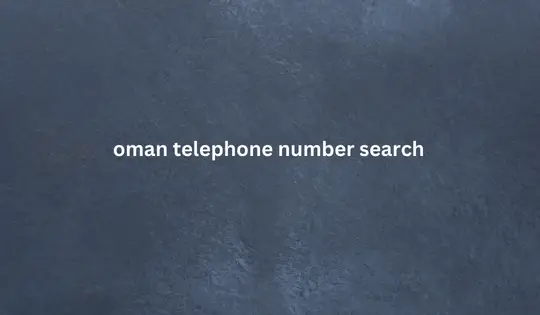That’s the magic of retargeting and remarketing, two innovative marketing strategies designed to bring people back into the sales funnel.
While they sound similar, they actually work in different ways. Understanding the differences between the two can help you make smarter marketing decisions.
So, let’s dive in!
Retargeting is like that friendly reminder you oman telephone number search get from a store you visited but didn’t buy anything.
Essentially, it focuses on users who have shown interest in your website or product but left before making a purchase. These are the visitors who browsed, added something to their cart, and then got distracted by the infinite scroll of the internet.

Implementing a retargeting campaign can help convert these potential customers by re-engaging them through various channels.
Retargeting is most commonly used in display ads and paid ad campaigns. If you’ve ever seen a banner ad for a product you were recently looking at, you’ve been targeted.
These targeted ads show up on various websites, reminding visitors about the product or service they almost bought. It’s a top-of-mind marketing strategy, helping brands stay visible while gently nudging potential customers back into the sales cycle.
How does retargeting work?
Retargeting campaigns rely on cookies and pixel-based tracking to follow users around the web. When someone visits your site, a cookie is placed on their browser. This cookie allows you to track them across the internet and serve them ads relevant to the product they showed interest in.
For example, let’s say someone visits a travel website and checks out a few hotels in Spain but doesn’t book. A few days later, they see an ad for a discounted hotel stay in Madrid on another website. This ad isn’t random—it’s a retargeted ad designed to bring that person back and push them closer to booking.
Companies often use retargeting ads to recapture interest by offering limited-time deals, showcasing product reviews, or simply reminding the user that the item is still waiting for them. Think of it as a digital “Hey, don’t forget about us!” nudge.